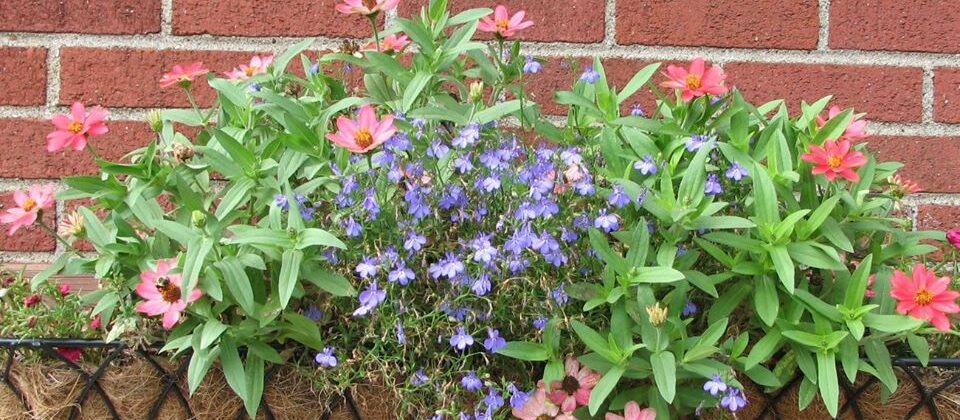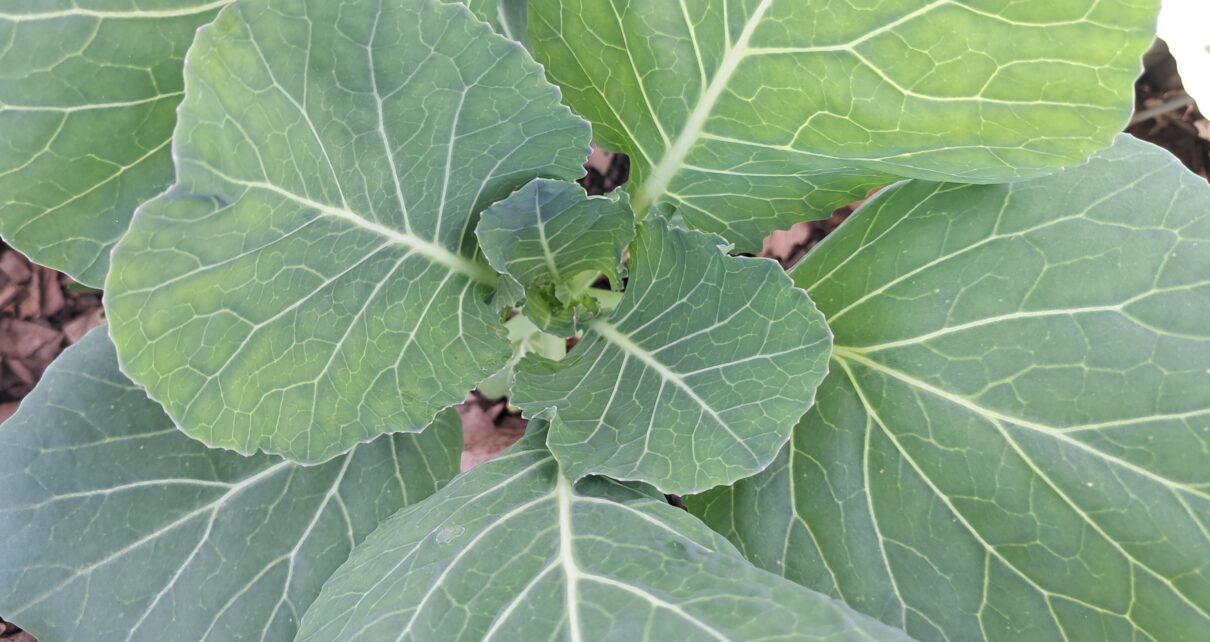Even if you don’t like collards, try growing them at home and harvest them when the leaves are young. Collards are a great candidate for hydroponics! Also, you can give collards a head start indoors or directly sow outside.
In order to germinate, collard seeds prefer cool soil temperatures between 55℉ and 75℉. Typically, this means sowing early to mid spring and late summer.
Indoor Sowing Tips:
Sow the seeds 1/4″ deep in seed trays in the spring or late summer under grow lights.
While I initially water the seeds from above until the seeds germinate, I switch to water from below in the seed tray.
Transplant the collard seedlings to 4 inch pots in the grow room once there are a few sets of true leaves and continue to water them from below in the seed tray.
Don’t forget to harden off the seedlings before transplanting.
It is suggested to space collard seedlings 12″ apart (1 plant per square foot).
Outdoor Sowing Tips:
Sow the seeds 1/4″ deep. Outdoor sowing should be done in early to mid spring and late summer.
Initially I water the seeds from above until the seeds germinate, then switch to the drip system.
Thin seedlings to 12″ apart (1 plant per square foot). If you want baby collards, then plant the seeds closer together.
Growing Tips:
For these greens, you can extend the planting and transplanting schedules and be prepared for crazy temperature swings by using hoop tunnels and garden fabric.
Provide compost when planting and liquid fish or seaweed plant food or a plant food that is higher in nitrogen as needed.
Keep collard seedlings and plants moist but not soggy by using a drip system.
Since collards are part of the Brassica Family, they may be attacked by slugs so I use Sluggo Plus to get rid of them.
Also, I secure mosquito netting over my hoop tunnels to keep out the cabbage moths and other pests. Don’t forget that rabbits love greens too!
Since collards love cooler weather and the roots are shallow, you may want to use a shade cloth over hoops in the afternoon and use some leaf mulch around the base of the plant
Sowing and growing tips for collards are similar to the sow and grow tips for cabbage.


